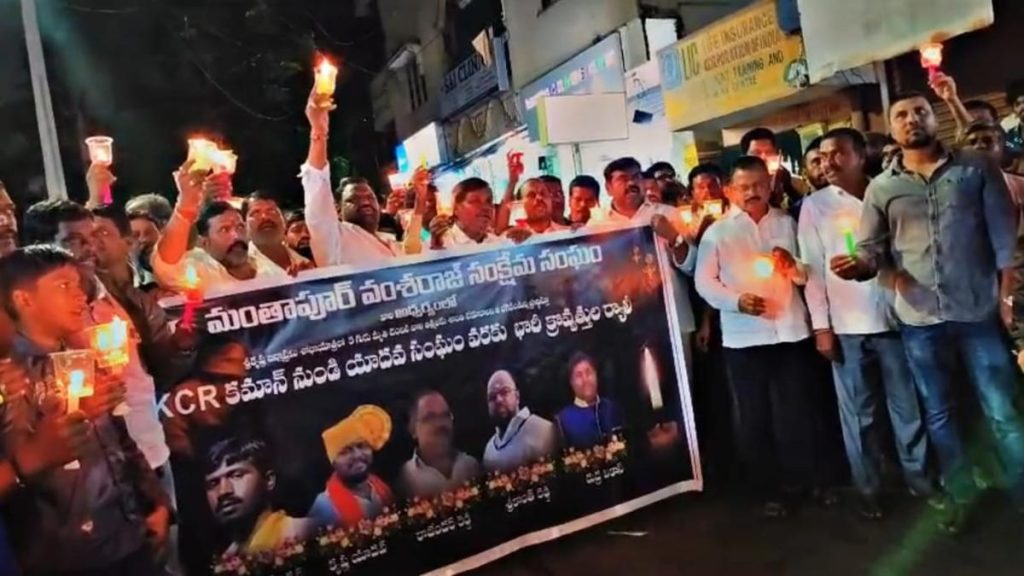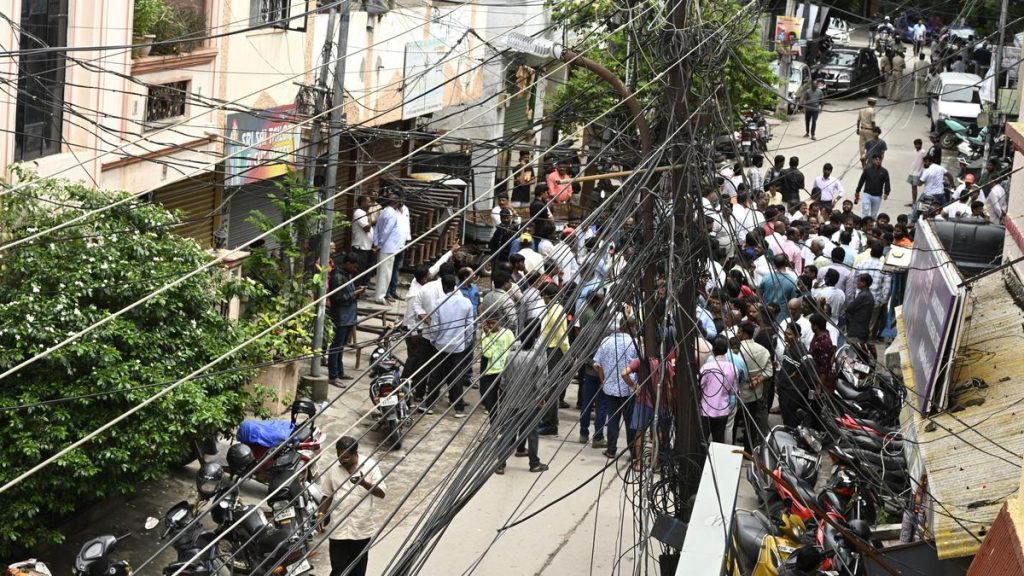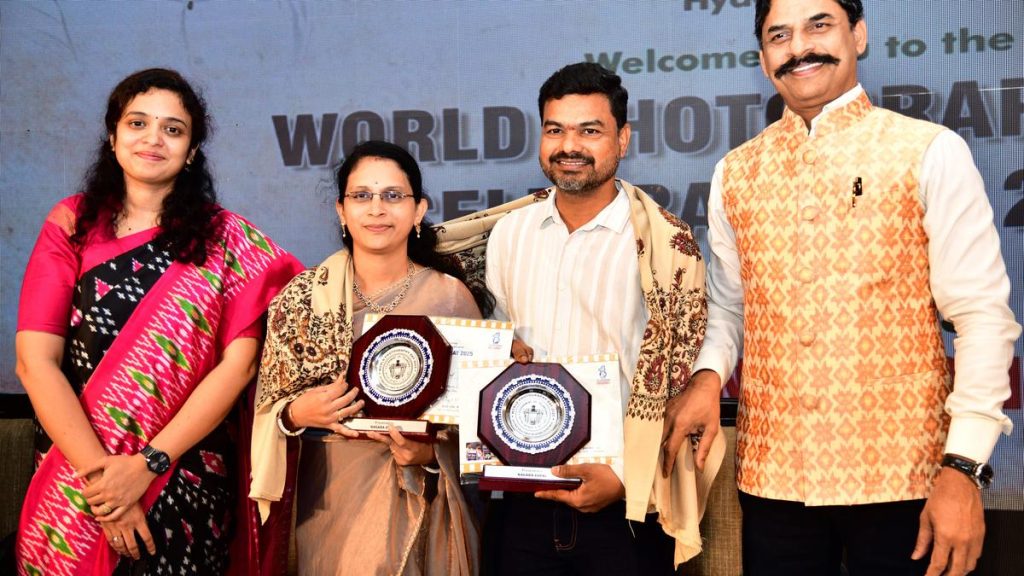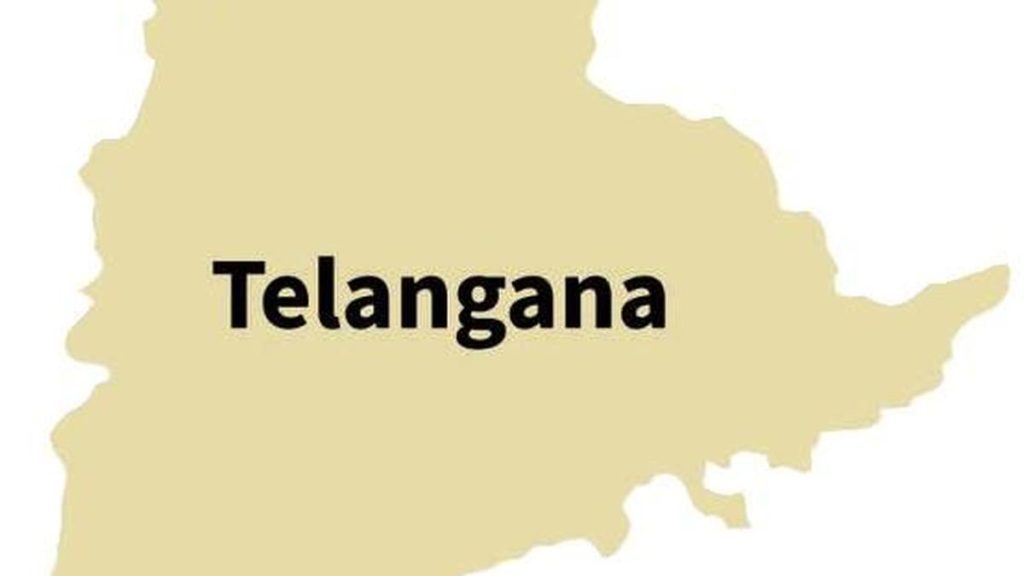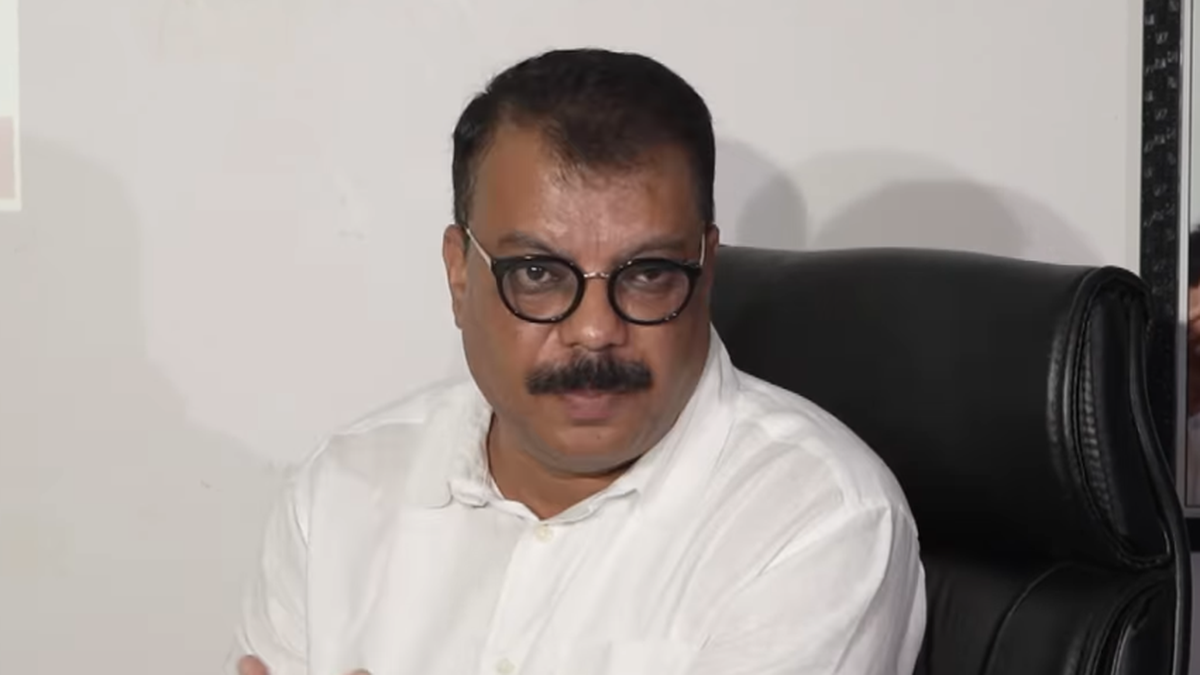Now Reading: Karnataka Cabinet Divides SC Reservation into Three Sub-Categories
-
01
Karnataka Cabinet Divides SC Reservation into Three Sub-Categories
Karnataka Cabinet Divides SC Reservation into Three Sub-Categories

rapid Summary
- The Karnataka State Cabinet approved an internal reservation matrix slicing the 17% quota for Scheduled Castes into three categories:
– 6% each to Dalit Right (Holeyas) and Dalit Left (Madigas).
– 5% to lambani, Korama, Koracha, Bhovis and 59 microscopic communities (touchable castes).
- A Supreme Court decision last year enabled the provision of internal reservation among Scheduled Castes.
- Recommendations by a commission led by retired judge H.N. Nagamohan Das were modified by the Cabinet:
– Categories recommended for nomadic castes and groups like Adi Karnataka, Adi Dravida and adi Andhra were merged with other categories instead of having seperate allocations as proposed.
– criticism arose over disadvantaged groups being clubbed with relatively better-off communities in socio-economic terms.
- Survey data for policy formation covered approximately 94% of the Scheduled Caste population across Karnataka, but only reached around 54% within Bengaluru city limits due to logistical challenges.
- Law Minister H.K. Patil called it a “fruitful” meeting, while kannada Culture minister Shivaraj Tangadagi described it as historic under Chief Minister siddaramaiah’s leadership.
Indian Opinion Analysis
The approval of an internal reservation matrix by the Karnataka Cabinet represents a significant step toward addressing intra-group disparities within the Scheduled Castes. While reducing competition among over a hundred subgroups might streamline benefits and improve targeting, critics argue that merging disadvantaged groups with relatively well-positioned ones risks diluting support for those most in need. Balancing socio-economic needs against population-based measures remains complex given limited survey coverage in metropolitan areas like Bengaluru.
This move reflects attempts at reconciling community leaders’ disagreements through consensus-building efforts led by ministers and retired officials. However, questions linger regarding whether prioritization will achieve equitable access or if it introduces new inequities-an issue that may face judicial scrutiny or public debate moving forward. As affected populations await further legislative announcements from Chief Minister Siddaramaiah, transparency in ordinance implementation will be essential to sustain trust across diverse caste communities.For further details: Read More.


